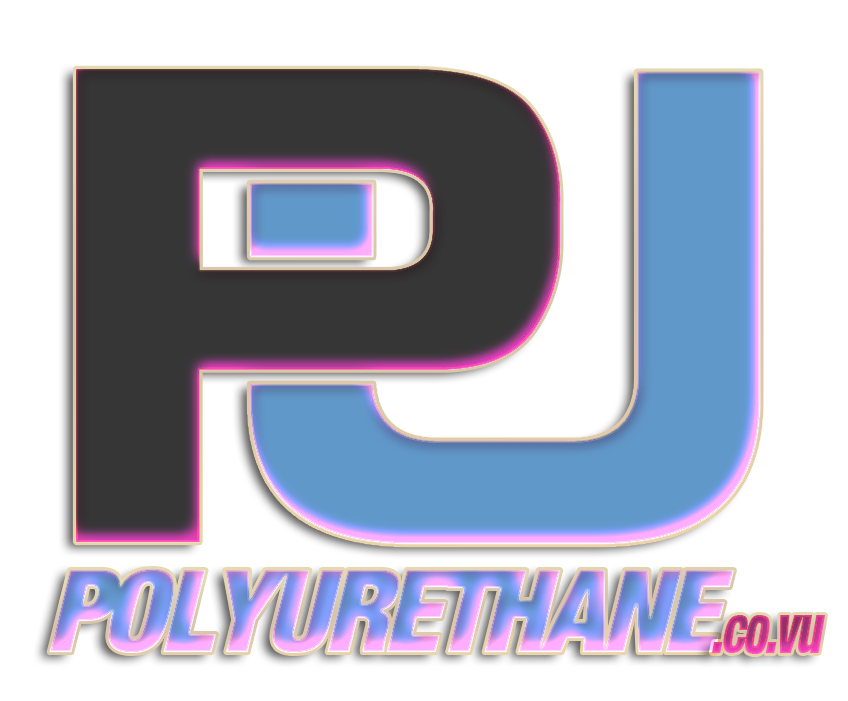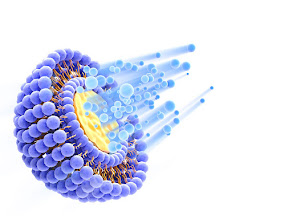These terms for a finish or topcoat are often used interchangeably, but there is a big difference. Learn when and where to use the right one.
Choosing the Right Finish
A durable top or finish coat can limit the ravages of time and use of a piece of furniture. While the names varnish, polyurethane, lacquer, and shellac are commonly used to reference a final finish in general, these products are not the same, nor are they advised to be used interchangeably.
Shellac
This finish is a natural product (it's made from blending a secretion from the female lac bug with a solvent such as alcohol) that is very safe once dried and hardened. In addition to adding a protective coating, it also can add a warm amber color to wood. It can be affected by heat or chemicals, so a kitchen table might not be the best place to use it. Fine furniture items can be considerably enhanced with shellac. Some shellac manufacturers recommend using it as a protective coat on non-wood items. Apply it with a natural bristle brush or with a cotton rag.
Shellac is accessible in most home centers as a liquid in a can. It also comes in solid form or in flakes that must be dissolved, and it has a less shelf life than other finishes. The liquid variety is the best option for the average homeowner.
Polyurethane
Essentially a plastic in the form of a liquid until it dries, polyurethane is available in both water- and oil-based options, and comes in variations from satin to glossy.
Water-based polyurethane is recommended because of its low odor and low toxicity. It goes on clear without adding a slight color that oil-based versions can, and it dries much quicker. As with shellac, water-based polyurethane won't hold up well to heat and elements. It's good for bookcases, desks, side tables and picture frames — anything that won't be exposed to extremes.
Minwax Polycrylic is an example of a fortified water-based polyurethane than can stand up a bit better to rough conditions. It can also go over oil-based finishes and can be applied using synthetic-bristle brushes, a foam roller or a rag, and other water-based polyurethanes. Water-based oil-modified polyurethane is a relatively new product that combines an oil base's strength with a water base's cleanup. This product can be used on wooden floors.
Oil-based polyurethane is slightly more durable than water-based, especially when handling heat, so a kitchen table is a good candidate. It adds a slight color tone and will bring out the richness of timber.
When working with oil-based polyurethane, use a respirator in a well-ventilated area. Apply using a natural-bristle scrub or rag. Oil-based takes much longer to dry and cure than water-based, so plan accordingly and follow the manufacturer's directions.
Both oil- and water-based polyurethane can be applied to latex/acrylic paint; however, oil-based polyurethane will create a yellow or amber hue, especially light colors. To add durability without affected color, use a water-based coating.
You can also purchase polyurethane in a spray, which makes it a bit easier to apply, especially on huge projects. Wipe-on polyurethane is used primarily by woodworkers who want to create a "hand-rubbed" finish on special projects. These two run the extremes of ease of use but produce excellent results.
Varnish
The name of this finish often is used generically for a finish or topcoat. It's very durable because it contains a higher ratio of solids. Spar varnish is perfect for outdoor projects, and raw wood used for exterior doors and trims on rustic homes. In addition to protecting the wood, it also provides natural ultraviolet light protection. Spar varnish is often used on items near or the water, like a wood boat, decks, beach chairs, etc. Apply using a natural-bristle brush.
Lacquer
Lacquer provides the extremely intense gloss finish often used on many Asian-inspired or ultramodern furnishings. It is extremely durable and resistant to damage; however, it can begin to discolor and become scratched over time. Wonder why it's so smooth? It's applied via a sprayer because it is thinner than the other finishes. You'll need a high-volume, low-presser (HVLP) sprayer and a well-ventilated and spacious workspace to apply it.
Other Finishes
Cutting boards and other wood items that come in contact with food do well with butcher-block oil and food-grade mineral oil. Wooden tool handles will hold up better with an annual rubdown with boiled linseed oil.
A Few Words About Applicators
The general rule of thumb is to use natural brushes, sometimes referred to as China brushes, for all oil-based finishes, and synthetic brushes, sometimes referred to as nylon brushes, for latex, acrylic, or water-based finishes. Rollers and rags can work for either type of finish.
Because these are the top coats being applied, you'll want them to look as fresh and as smooth as possible. The best conditions to apply are when there is as little dust or other airborne particles as possible. Clean your work area as thoroughly as possible and allow some time for the dust (literally) to settle. Consider using a dust collection system or air purifier.
When applying a coating with a brush or roller, you may notice some bubbles pop up.
Don't freak out.
Many times these will settle out as the finish dries. If it's a problem, use a rag to wipe it down. You can often avoid this by applying a thinner coat. Also, shaking a can of finish will certainly add bubbles, so try stirring instead.
After the first coat dries, you'll need to either sand it with a fine-grit sandpaper (220 grit) or use steel wool. You may have heard to only use steel wool, but many manufacturers recommend either one. Just be careful not to scratch the finish deeply and certainly do not sand off the finish to the point where you reach raw wood. Wipe off the dust generated and apply another coat. A couple of coats are usually enough, but you can apply further coats (more wiped-on coats can be applied than brushed or rolled) to create a thicker and more durable finish. Try not to exceed four or five layers of finish.











0 Comments:
Post a Comment